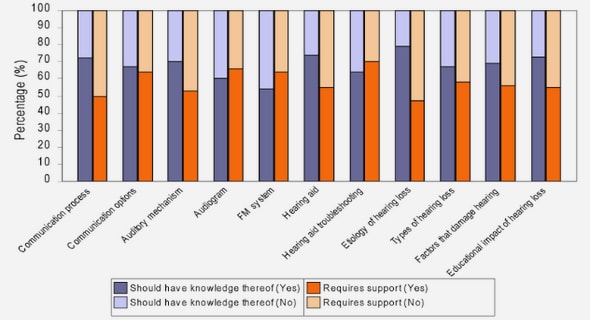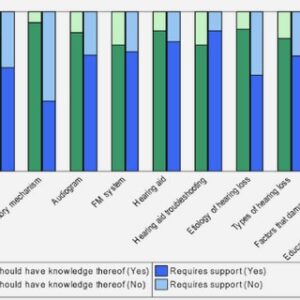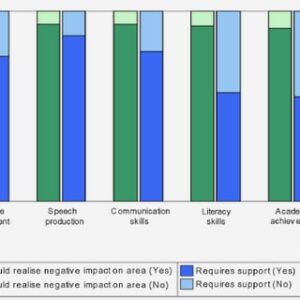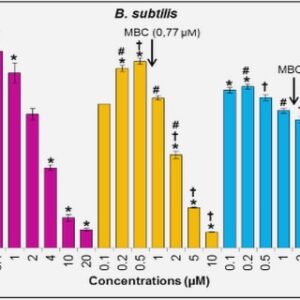(Downloads - 0)
For more info about our services contact : help@bestpfe.com
Table of contents
Introduction
1. STATE OF THE ART
WASTE ENERGY RECOVERY
ENERGY HARVESTING SOURCES
ENERGY HARVESTING METHODS
1.3.1. Mechanic energy conversion: development of kinetic transducers
1.3.1.1. Electrostatic energy conversion: capacitive transducers
1.3.1.2. Magnetic energy conversion based on Faraday’s Law
1.3.1.3. Energy conversion based on piezoelectric effect: piezoelectric transducers
1.3.2. Electromagnetic energy conversion: development of photovoltaic and RF transducers
1.3.2.1. Solar energy conversion: photovoltaic transducers
1.3.2.2. Energy conversion based on rectifying antenna: RF transducers
1.3.3. Thermal energy conversion
1.3.3.1. Carnot cycle
1.3.3.2. Thermoelectric generators: Seebeck Effect
1.3.3.3. MEMS-based micro heat engines
1.3.3.4. Vapor-based generator operating due to micro-vibrations
1.3.3.5. Pulsating Heat Pipes
1.3.3.6. Concept of thermal energy transducer applying two-phase energy conversion
SUMMARY OF THE CHAPTER
2. ELECTROMECHANICAL CONVERSION APPLYING PIEZOELECTRIC MATERIALS HISTORICAL DEVELOPMENT AND APPLICATIONS OF PIEZOELECTRIC MATERIALS CLASSIFICATION OF PIEZOELECTRIC MATERIALS
2.2.1. Inorganic piezoelectric materials
2.2.2. Organic piezoelectric materials
2.2.3. Piezoelectric composites
ELECTRO-MECHANICAL PROPERTIES OF PIEZOELECTRIC MATERIALS
2.3.1. Boundary conditions
2.3.2. Properties of piezoelectric materials and piezoelectric coefficients
2.3.2.1. Elastic properties and coefficients of piezoelectric materials
2.3.2.2. Electrical properties and coefficients of piezoelectric materials
2.3.3. Piezoelectric equations
SUMMARY OF THE CHAPTER
3. ANALYSIS OF PIEZOELECTRIC CONVERTERS EXPOSED TO PULSE OF PRESSURE EXPERIMENTAL SETUP DESCRIPTION ANALYSIS OF FLEXIBLE PVDF TRANSDUCERS
3.2.1. Electrical response of PVDF to the pressure pulse: cantilever mode
3.2.2. Electrical response of PVDF to the pressure pulse: strain mode
3.2.3. Comparison of PVDF films operating in cantilever and strain mode
3.3.1. Piezoelectric material determination
3.3.2. Electrical response of PZT to the pressure pulse: stress mode
3.3.3. Electrical response of PZT to the pressure pulse: strain mode
3.3.4. Comparison of PZT-based ceramics operating in stress and strain mode
COMPARISON BETWEEN PVDF AND PZT-BASED TRANSDUCERS NUMERICAL MODELING
3.5.1. Comparison between simulation and experimental results
3.5.2. Size optimization
3.5.2.1. Influence of PZT thickness
3.5.2.2. Influence of PZT radius
3.5.2.3. Miniaturization
SUMMARY OF THE CHAPTER
4. CONCEPT OF A THERMAL ENERGY CONVERTER BASED ON PHASE-CHANGE PHENOMENON
THE PROTOTYPES APPLYING PHASE-CHANGE PHENOMENON TO HARVEST THERMAL 4.1.ENERGY
4.1.1. Microfluidic heat engine based on explosive boiling
4.1.2. Self-Oscillating Fluidic Heat Engine (SOFHE)
4.1.3. Thermo-mechanical oscillating system at macroscale
CONCEPT OF THE SILICON-BASED DEMONSTRATOR IN MICROSCALE
4.2.1. Technological challenges
4.2.1.1. Type of the working fluid
4.2.1.2. Channel design
4.2.1.3. Filling ratio
4.2.1.4. Hot surface temperature
4.2.1.5. Type of piezoelectric
SUMMARY OF THE CHAPTER
5. TECHNOLOGICAL REALIZATION OF THE SILICON-BASED DEMONSTRATOR SELECTION OF TECHNOLOGICAL PROCESSES
5.1.1. Silicon etching process
5.1.1.1. Dry etching approach
5.1.1.2. Wet etching approach
5.1.2. Surface wettability
5.1.3. Silicon bonding
5.1.3.1. Wafer preprocessing
5.1.3.2. Silicon bonding techniques
5.1.3.3. Adhesive bonding
5.1.4. PZT montage – challenges and limitations
PROCESS FLOW OF ENERGY HARVESTER FABRICATION
SUMMARY OF THE CHAPTER
6. CHARACTERIZATION OF THE PROTOTYPE STRUCTURES PARAMETERS OF INFLUENCE: HIERARCHY OF IMPORTANCE
6.1.1. Ranking of the parameters
PRELIMINARY EXPERIMENTS
6.2.1. Determining the working conditions ensuring oscillation mechanism
6.2.1.1. Fixed parameters: device structure
6.2.1.2. Variable parameters: oscillations nature
6.2.2. Working conditions summary
OPERATION OF THE DEVICE WITH A COOLING SYSTEM
6.3.1. Uncertainty analysis and experimental repeatability
6.3.2. Experimental setup description
6.3.3. Electric response to the pressure pulses
6.3.3.1. Impact of TH for 10% filling ratio
6.3.3.2. Impact of TH for 20% filling ratio
6.3.3.3. Impact of TH for 30% filling ratio
6.3.3.4. Summary of the experiments
OPERATION OF THE DEVICE WITHOUT A COOLING SYSTEM
SUMMARY OF THE CHAPTER
Conclusions



